GRANITE & QUARTZITE

ANGOLA BLACK - PATINATO

ANTIC BROWN CORTECCIA

AVOCATUS-LEATHER

AZUL BAHIA
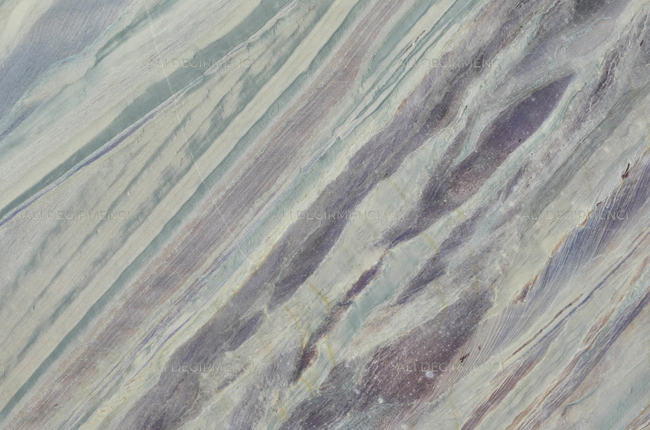
AZUL IMPERIAL

AZUL MACAUBAS

AZUL MACAUBAS 2
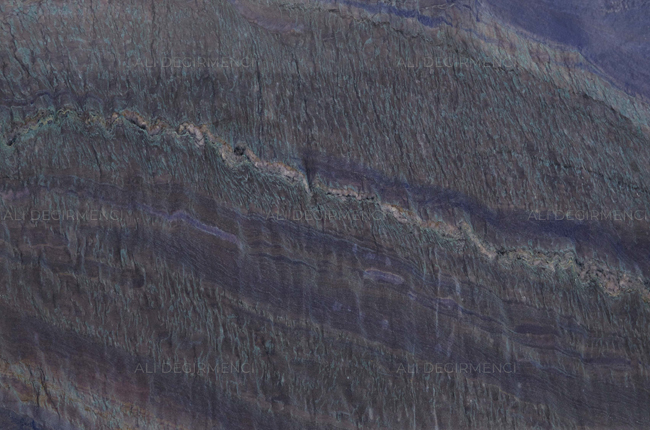
AZUL MACAUBAS 3

BELVEDERE

BLACK BEAUTY
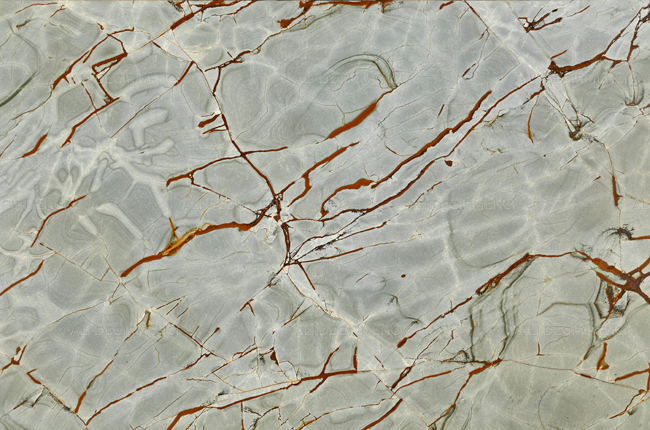
BLUE ROMA
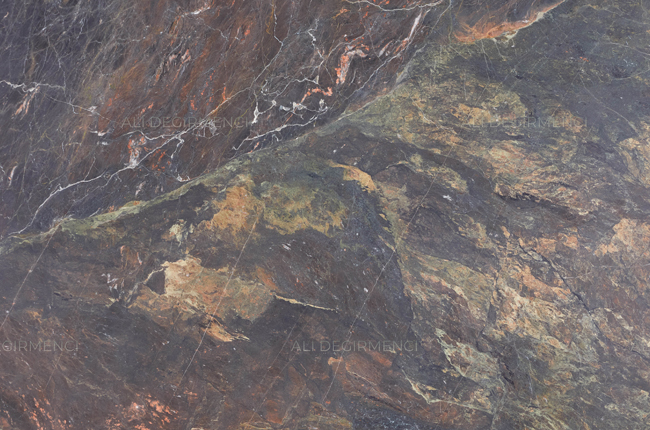
CAPOLAVORO

COPACABANA

CORTECCIA QUARTZ

CREMA BAMBU

CREMA CIELO

CROCODILE BAMBU

DARIA QUARTZ

ELEGANT BROWN

EMERALD GREEN

FLAMINGO RED

IRISH GREEN

IRON BLUE

KATUBA BLUE

LEMURIAN LABRADORITE

LOUISE BLUE

LOUVRE BLUE

METALLICA

METEO QUARTZ

NERO MARINACE

NERO ZIMBABWE - F+P

NERO ZIMBABWE - HONED

NERO ZIMBABWE - STRATO

PATAGONIA

RHODONITE

ROMA IMPERIALE

SEA PEARL

SEQUOIA BROWN

SODALITE

STONE WOOD
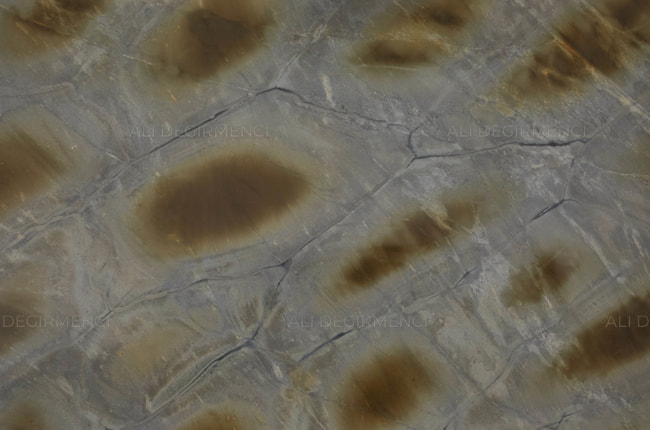
TURTLE

VERDE CANCUN

VITORIA REGIA
Granite is a granular igneous rock type consisting of hard, crystalline minerals. The word granite comes from the Latin granum, found in the coarse-grained structure of a completely crystalline rock. The main minerals of feldspar are orthoclase and small amounts of plagioclase and quartz. They are resistant to abrasion, pressure and impact as they contain more than 20% and up to 60% quartz in volume.
Granites can be white, pink or gray in color depending on the mineralogy, while they can also be seen in orange and similar tones depending on the type and amount of feldspars and other minerals.
Granites are very common on earth. It appears in various earth crust models. It is accepted that the crust of the earth consists mostly of granite. It can be found in nature as dyke, silica and batholith.
It has been used abundantly since ancient times as paving and curbstone on roads and as building stone in buildings.
It can be easily used in bathrooms, tables, countertops, flooring, fireplaces, walls, yacht and boat projects.
QUARTZ:
Quartz is the name given to very pure silicon dioxide (SiO2) crystals. It is a hard, crystalline mineral composed of silicon and oxygen atoms. There are many different varieties of quartz, many of which are semiprecious stones. Since ancient times, varieties of quartz have been among the most commonly used minerals for making jewelry and hard stone carvings, especially in Eurasia.
Formation of Quartz:
While the majority of quartz crystallizes from molten magma, most quartz also precipitates chemically as gangue from hot hydrothermal veins, sometimes with ore minerals such as gold, silver, and copper. Large quartz crystals are found in igneous pegmatites. Well-formed crystals can reach several meters in length and weigh hundreds of kilograms.










